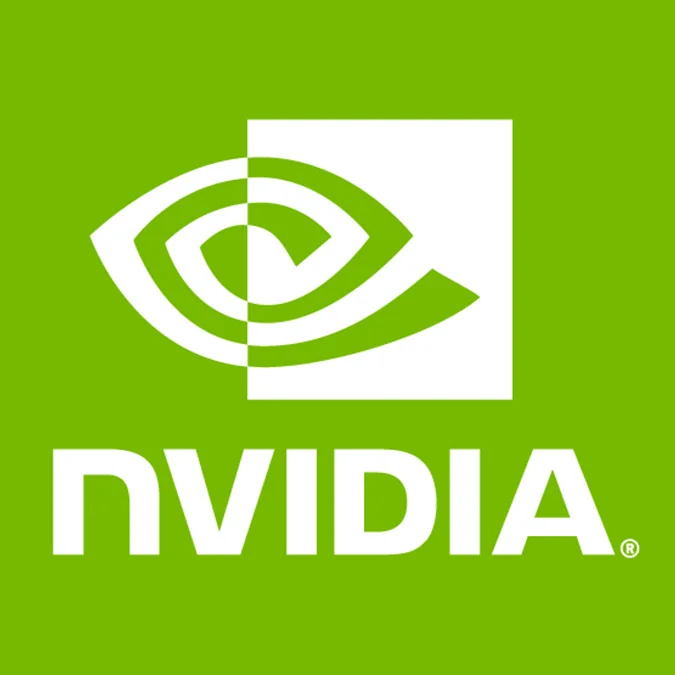NVIDIA Launches GeForce GTX 470/480

NVIDIA's next-generation "Fermi" architecture has been talked about for months, but today they have announced the GeForce GTX 470 and GeForce GTX 480 graphics cards as the first utilizing the new GF100 ASIC. These graphics cards also represent NVIDIA's first hardware that supports Microsoft DirectX 11.0 and also the recently announced OpenGL 4.0 specification. These new NVIDIA graphics cards are designed to compete against AMD's Radeon HD 5000 series "Evergreen" graphics cards.
We don't have access to any Fermi hardware at the moment, so Linux users are left out in the dark how well the GeForce GTX 470/480 perform. On the Windows side, these first GeForce 400 high-end graphics cards are reported to beat out the ATI Radeon HD 5850 and 5870 graphics cards. Though in terms of better open-source support, AMD is now the undisputed leader over NVIDIA. We would expect individuals will start publishing benchmarks of Fermi on Phoronix Global in the coming days and weeks.
The GeForce GTX 470/480 graphics cards support dual-link DVI, mini-HDMI, and DisplayPort, but it's up to their board partners to decide what connectors to implement. The GeForce GTX 470 has 14 streaming multi-processors, 448 CUDA cores @ 1215MHz, 56 texture units, and 40 ROP units while the GTX 480 has 15 streaming multi-processors, 480 CUDA cores @ 1401MHz, 60 texture units, and 48 ROP units. The GeForce GTX 470 packs 1280MB of RAM while the GeForce GTX 480 raises that limit to 1536MB. Both of these GF100 parts are based on a 40nm fabrication process.
Product availability on this Fermi hardware is expected in April, while the lower-end GeForce 400 graphics processors will launch in the coming months. The NVIDIA GeForce GTX 470/480 should work with NVIDIA's latest proprietary driver in the 195.xx series, while official support will likely come in their next driver release. These graphics cards should also run quite well with Unigine's Heaven 2.0 Linux benchmark.
52 Comments

